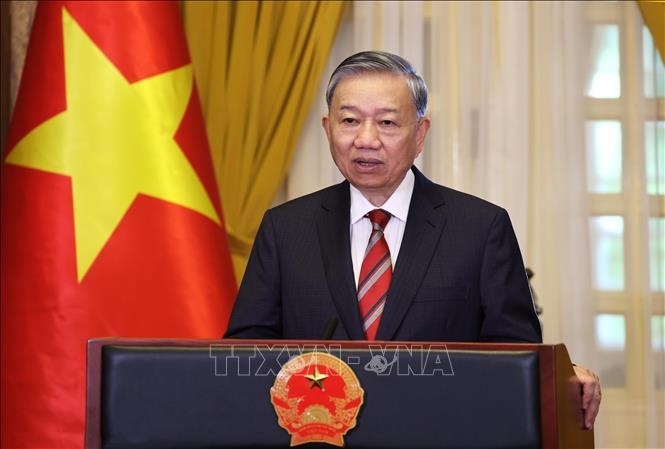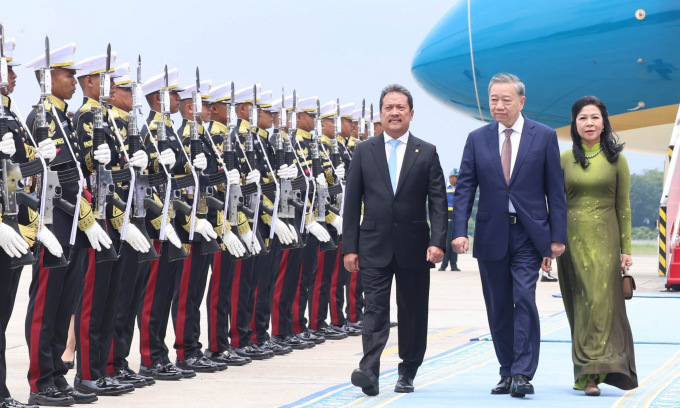China's Strategic Response to U.S. Tariffs and Trade Tensions
Explore how China's strategic response to U.S. tariffs is reshaping global trade dynamics and impacting the agricultural sector.

Key Points
- The U.S. has imposed a 10% tariff on Chinese goods, escalating trade tensions amid accusations related to fentanyl trafficking.
- China plans retaliatory measures, impacting U.S. agricultural exports and raising concerns about economic repercussions for both nations.
- Constructive dialogue and strategic engagement are essential for navigating the complexities of current U.S.-China trade relations.
In recent weeks, tensions between the United States and China have escalated sharply, primarily driven by the imposition of new tariffs. These developments have significant implications for global trade, economic stability, and consumer prices. As both nations prepare for potential retaliatory measures, the situation calls for a closer examination of the evolving dynamics in the global economy.
Understanding the Tariff Landscape
On March 4, 2024, the U.S. officially implemented a supplemental 10% tariff on Chinese goods, which previously had already encountered similar tariffs, raising the cumulative tax to a striking 20%. This aggressive economic maneuver by the Trump administration was largely fueled by accusations that China has failed to address the ongoing issue of fentanyl trafficking into the United States. Consequently, China wasted no time in responding, announcing a series of retaliatory tariffs on a wide range of U.S. agricultural products such as chicken, corn, and soybeans.

The Broader Economic Implications
The ramifications of these tariffs extend well beyond simple trade calculations. Some economists warn that ongoing tariff battles could lead to higher consumer prices, reduced economic growth, and increased unemployment in some sectors. For instance, the
has expressed concerns that such tariffs may hinder the competitiveness of American companies globally and adversely impact American farmers, who rely heavily on exports.
The Council of American and Chinese Business warned that the tariffs would negatively affect businesses, consumers, and farmers in the U.S., suggesting that a strategic focus on critical national security objectives would be more beneficial. This sentiment underscores the complex interplay between political motives and economic realities, prompting a re-evaluation of how such tariff impositions are crafted and executed.
China's Retaliation Strategy
China has indicated it is developing a multifaceted response, potentially involving both tariff and non-tariff measures. Reports suggest that agricultural products are likely to be at the forefront of China's retaliatory list. For example, significant tariff increases on imports of soybeans, pork, and other essential commodities could dramatically affect U.S. farmers, particularly since China is the world’s leading agricultural importer.
Interestingly, projections indicate that imports of U.S. agricultural products to China fell significantly, down by 14% in 2024 compared to the previous year, which adds another layer of complexity to this economic confrontation. Industry experts like Genevieve Donnellon-May from the Oxford Global Society highlight that, although the U.S. agricultural sector is better prepared for potential disruptions, the reality of finding alternative markets could prove to be more complicated.

Looking Ahead: A Call for Strategic Dialogue
The tensions provoked by this latest round of tariffs serve as a reminder of the fragile nature of international trade relations. As economic interdependencies deepen, meaningfully navigating these disputes requires more than just retaliatory measures; it necessitates open dialogue, negotiation, and alignment on shared interests. Both nations must consider the broader consequences of their actions and recognize the potential for a more cooperative approach that could lead to a win-win scenario for their economies.
In conclusion, the ongoing trade conflict between the U.S. and China epitomizes the intricate balance of power in international trade. As tariffs continue to shape economic landscapes, it is imperative for stakeholders to advocate for constructive engagement and long-term solutions that address not only immediate disputes but also the underlying issues influencing global trade. By navigating these turbulent waters with careful consideration, both nations can work towards a more stable and prosperous economic future.


